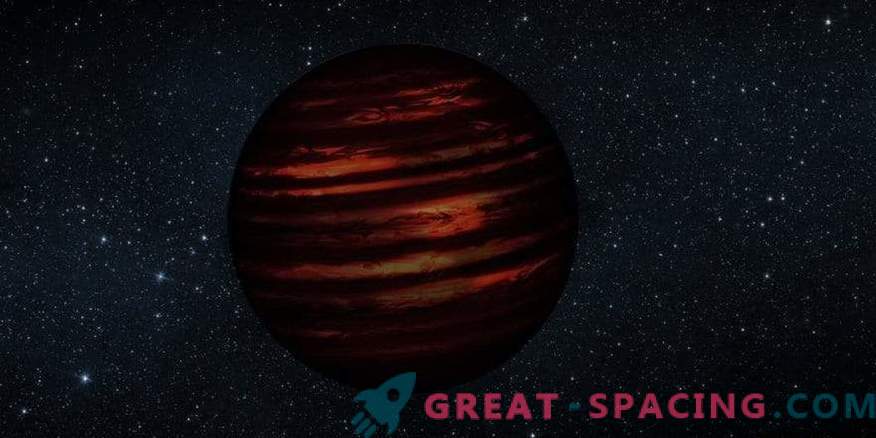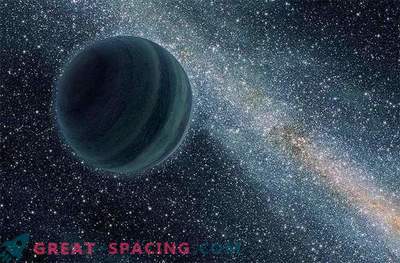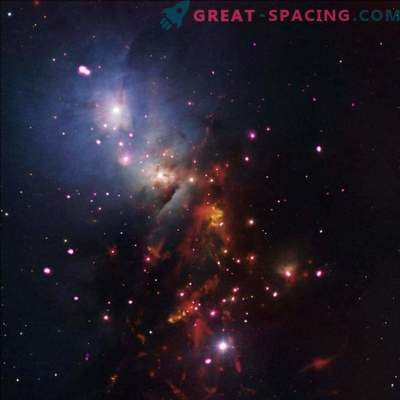
Artistic vision of a brown dwarf. Also part of a moving group.
Brown dwarfs are considered to be big brothers of giant planets. With aging and loss of temperature, they undergo atmospheric transformations - loss of clouds. Scientists for the first time were able to determine the temperature at which the shift occurs in young objects. New data will help to better understand how gas giants, like Jupiter, are evolving.
Brown dwarfs are too small to support the process of hydrogen synthesis, feeding the stars and allowing them to remain red-hot. After formation, brown dwarfs cool and shrink until they begin to lose dense clouds.
Since they move freely in space, their atmospheres are much easier to study than from exoplanets. In the new study, scientists focused on 2MASS J13243553 + 6358281 - one of the brown dwarfs nearest to our system. Scientists have confirmed that the brown dwarf belongs to the group of 80 stars with similar age, composition and principle of motion. We are talking about the moving group AB Golden Fish with an age of 150 million years.
Knowing the age of the object, the level of its luminosity and distance, the researchers were able to determine the radius, mass and temperature. Then the temperature of the dwarf was compared with that of another previously studied brown dwarf in the same group with clouds, while 2MASS J1324 + 6358 had already lost clouds.
It turned out that the shift occurs at a temperature of 1150 K for objects with an age of 150 Myr. Brown dwarfs are like gas giants, so the information will allow to better understand some of the planetary evolutionary processes.











































